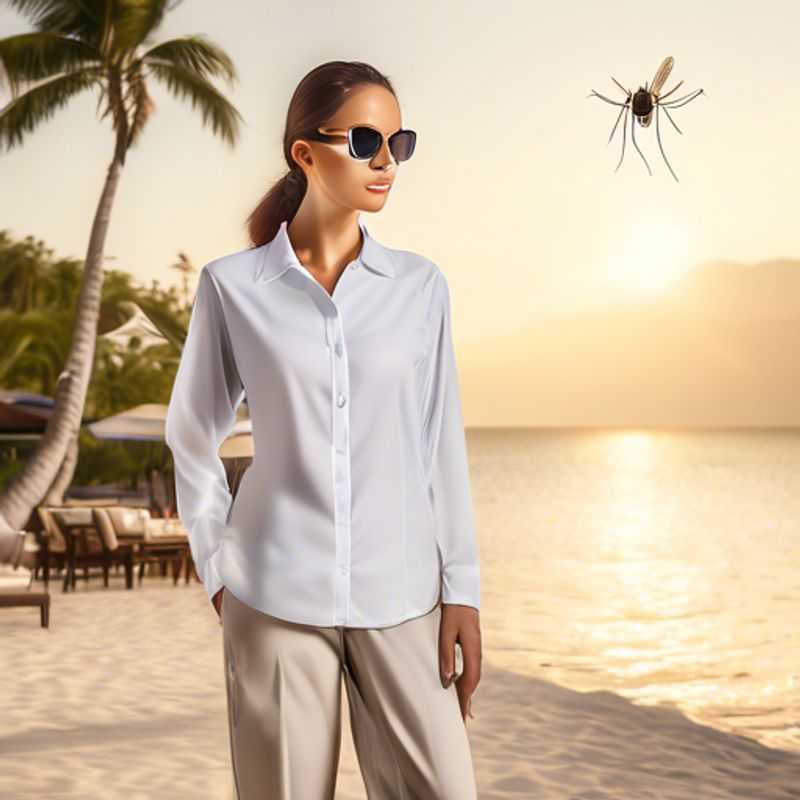8 Essential Tips for Choosing the Right Long-Sleeved Shirts and Pants for Sun and Mosquito Protection
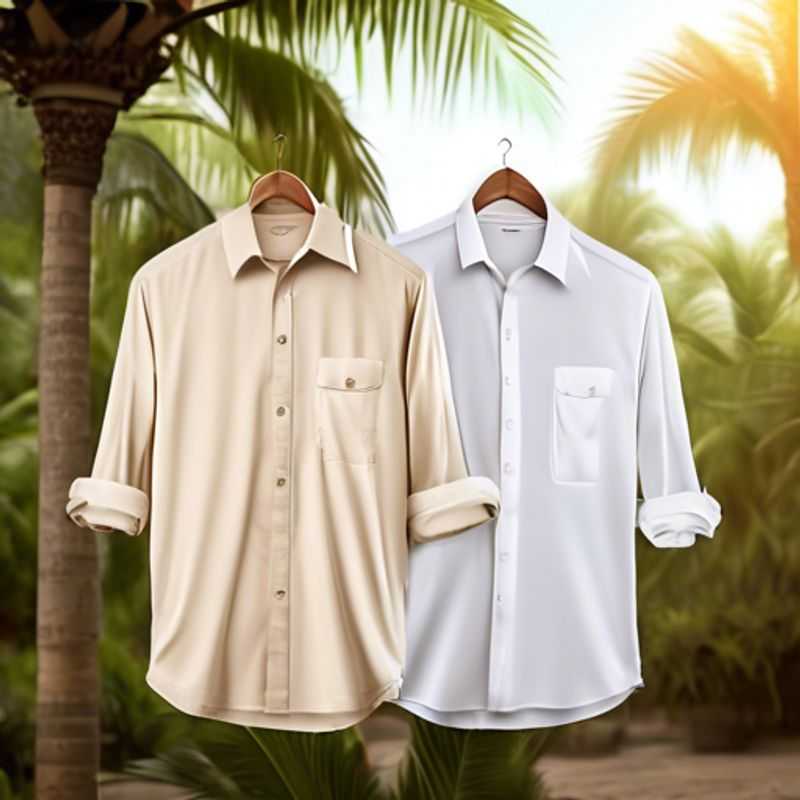
8 Essential Tips for Buying Long-Sleeved Shirts and Pants for Sun and Mosquito Protection
Stepping into the sun-drenched outdoors, armed with the right attire is crucial. Long-sleeved shirts and pants offer not only sun protection but also shield against pesky mosquitos. However, navigating this world of fabrics and features can be a bit daunting. That’s where these eight tips come in handy, guiding you towards making informed and enjoyable purchases for your next adventure.
Consider the fabric type and weave for optimal sun and mosquito protection.
Before purchasing Long-sleeved shirts and pants (for sun and mosquito protection)
- Consider the fabric type and weave for optimal sun and mosquito protection. Look for lightweight, tightly-woven fabrics that provide effective coverage and breathability.
- Look for clothing with built-in UV protection or insect repellent. These features can enhance the garment's ability to shield you from the sun's harmful rays and deter mosquitoes.
- Measure your body accurately to ensure a proper fit. Accurate measurements will help you find shirts and pants that fit comfortably and provide the necessary coverage.
- Check the care instructions and washing guidelines. Opt for garments that are easy to clean and maintain, ensuring they retain their protective properties over time.
- Prioritize breathability and moisture-wicking properties. Fabrics that allow for airflow and quickly wick away sweat can keep you cool and comfortable in warm, humid environments.
- Opt for lightweight and quick-drying fabrics. These materials will be more comfortable to wear and dry faster, making them ideal for active outdoor activities.
- Verify the size and fit by reading customer reviews. Reviews can provide valuable insights into the true sizing and fit of the clothing, helping you make an informed purchase.
- Compare prices across multiple retailers to find the best deal. Shopping around can help you find the most cost-effective options without compromising on quality or features.

Sun &; Mosquito Shield: Choosing the Right Fabric &; Weave
When choosing clothing for outdoor adventures, consider the fabric type and weave for optimal sun and mosquito protection. Natural fibers like cotton and linen are breathable and comfortable but offer little protection from UV rays or mosquitos. Synthetic fabrics like polyester and nylon are more durable, quick-drying, and often treated with insect repellents or UV-resistant coatings.
Look for tightly woven fabrics that block out more light and prevent insects from biting through. Consider clothing with a UPF rating (Ultraviolet Protection Factor), which indicates its ability to block harmful UV rays. A UPF rating of 50 or higher is recommended for maximum sun protection.
For mosquito protection, choose light-colored clothing, as darker colors attract mosquitos.Consider clothing treated with permethrin, an insecticide that repels mosquitos and other insects. Permethrin-treated clothing can be washed several times before needing to be retreated. Consult product labels for specific instructions on washing and re-treating clothing.
Remember, there is no single "best" fabric for everyone. Choose the fabric that best suits your needs and the conditions you'll be facing.

Travel Smart: Clothes with Built-in Sun and Bug Protection
Look for clothing with built-in UV protection or insect repellent is a great way to stay safe and comfortable while enjoying the outdoors. It’s a convenient and often more effective way to protect yourself than applying sunscreen or insect repellent directly to your skin, especially if you are in a hot or humid environment.
When choosing clothing with built-in UV protection, look for fabrics with a UPF rating of 30 or higher. This means that the fabric will block 95% of the sun's harmful UV rays. UPF (Ultraviolet Protection Factor) ratings are similar to the SPF ratings found in sunscreens.
Clothing with insect repellent is often treated with permethrin, a synthetic insecticide that is effective against ticks, mosquitoes, and other biting insects. When shopping for clothing with built-in insect repellent, choose items that are treated with permethrin. It's important to note that permethrin is highly effective but may be harmful to pets, especially cats.
You can find clothing with built-in UV protection and insect repellent at most outdoor retailers. Prices can vary, but expect to pay more for clothing with built-in protection than for regular clothing. You can also find UPF-rated clothing at many department stores. Look for clothing made from lightweight and breathable fabrics, such as cotton, polyester, or nylon, which are comfortable to wear in hot weather.
Investing in clothing with built-in UV protection and insect repellent can be a worthwhile investment for your health and safety. It is a convenient and effective way to protect yourself from the sun and insects while enjoying the outdoors.
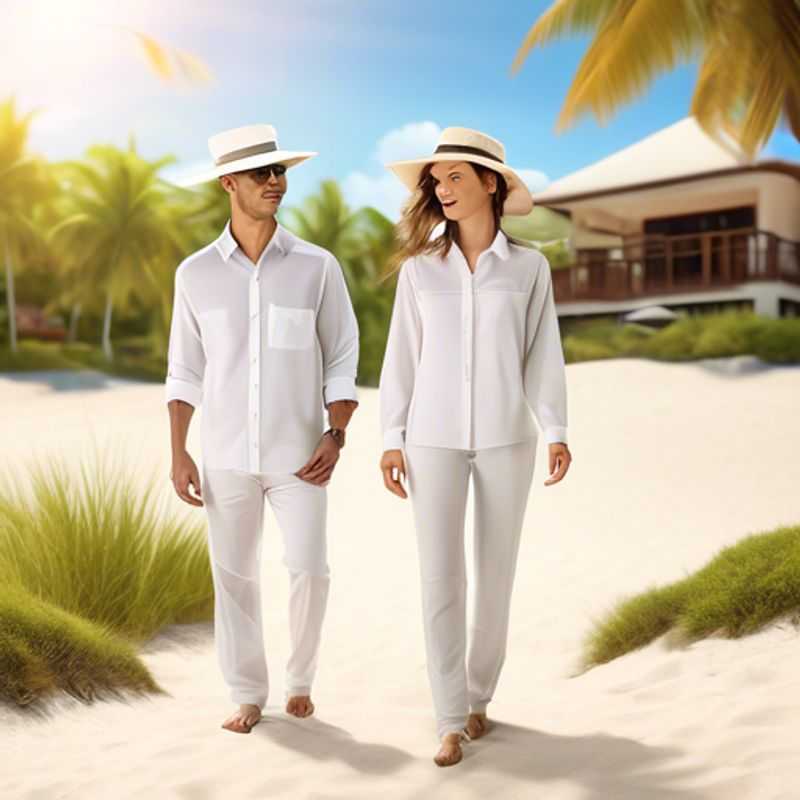
Measure Your Body Like a Pro: The Key to Perfect Fit
Measuring your body accurately is essential for ensuring a proper fit when shopping for clothing or accessories. Start by gathering necessary tools: a flexible measuring tape, a pen, and paper. Measure key areas such as your bust, waist, hips, inseam, and arm length. For the bust, wrap the tape around the fullest part of your chest, ensuring it is parallel to the floor. For the waist, measure at the narrowest point, usually just above the belly button. For hips, measure around the widest part of your hips. Inseam is measured from the top of the inner thigh to the ankle, while arm length is measured from the shoulder to the wrist. It's advisable to wear fitted clothing or measure over undergarments for accuracy. Costs for professional fitting services can vary widely, typically ranging from $20 to $100 depending on the store or tailor. Many stores also offer free fitting services, so inquire before purchasing. Remember, accurate measurements help avoid returns and exchanges, saving you both time and money. Double-check your measurements and write them down for reference, especially when shopping online. This will guide you in selecting the right size and style for your body type, ensuring a comfortable and confident fit.

Decoding the Care Label: A Guide to Washing and Maintaining Your Clothes
Shopping savvy isn't just about finding deals, it's about ensuring your purchases last! One crucial step often overlooked? Checking the care instructions! These labels, often tucked inside garments or on product tags, are your roadmap to maintaining your new acquisitions. Understanding them saves you money in the long run by preventing premature wear and tear.
For clothing, knowing how to properly wash, dry, and even iron your items is essential. Ignoring these guidelines can lead to shrinking, fading, or even damage, making your purchase a fleeting pleasure.
For more complex items, like furniture or electronics, the care instructions might include cleaning recommendations, warranty details, or even specific parts that require professional attention. These details might require you to pay for professional cleaning or repairs, but knowing ahead of time allows you to budget accordingly and prevent unexpected costs.
By taking a few moments to review care instructions, you make informed purchasing decisions, maximize the life of your products, and ultimately save money and resources. It's a small step with a big impact on your shopping experience and the longevity of your purchases.
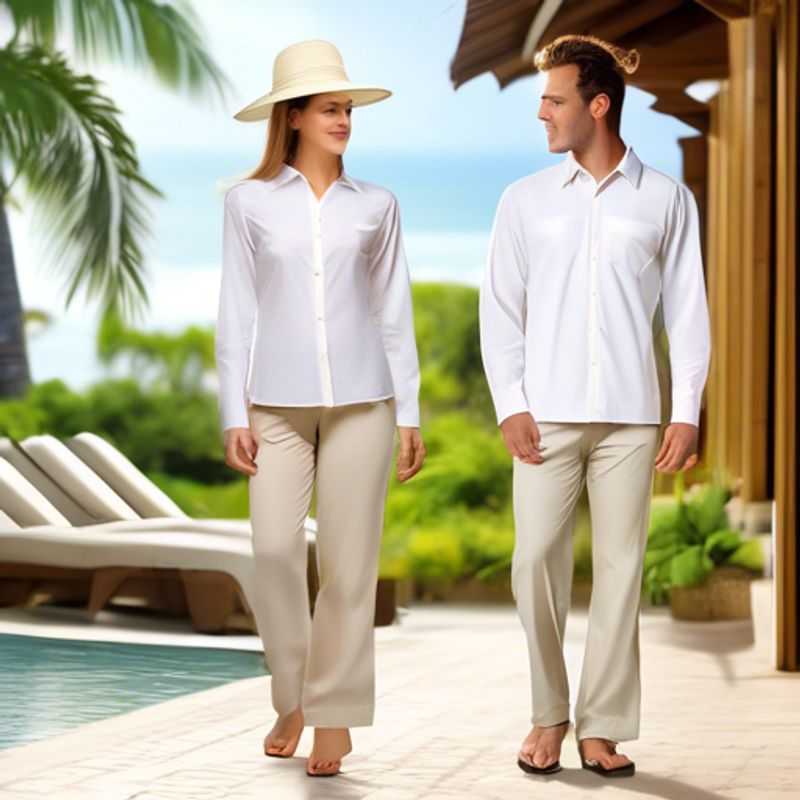
Prioritize Breathability and Moisture-Wicking: Key to Comfort and Performance
When shopping for clothing, prioritize breathability and moisture-wicking properties for maximum comfort and performance, especially during physical activity. Breathable fabrics allow air to circulate, preventing heat buildup and keeping you cool. Moisture-wicking materials draw sweat away from your skin, keeping you dry and comfortable.
Look for garments made from natural fibers like cotton or linen for breathability. Synthetic fabrics like polyester and nylon offer excellent moisture-wicking properties, but they may not be as breathable as natural fibers. Blends of natural and synthetic fabrics often strike a balance between both qualities.
When shopping for outdoor clothing, prioritize features that enhance breathability and moisture-wicking properties. Look for garments with mesh panels or ventilation zippers for enhanced airflow. Consider fabrics with wicking treatments that help draw moisture away from the skin.
Remember, proper layering can also improve breathability and moisture management. Start with a base layer made from moisture-wicking fabric, followed by an insulating layer for warmth and an outer layer for protection from the elements.
Investing in breathable and moisture-wicking clothing can enhance your comfort and performance during physical activity, especially in warm or humid conditions.

Pack Light and Dry Fast: Choosing the Right Fabrics for Your Travels
Opting for lightweight and quick-drying fabrics is a smart choice for travelers, especially those who plan to be active outdoors. These fabrics offer a range of benefits, including increased comfort and ease of packing.
Lightweight fabrics, like those made from polyester, nylon, or even certain types of cotton blends, are ideal for warm climates as they help to keep you cool and comfortable. They are also easy to pack, taking up less space in your luggage and reducing weight.
Quick-drying fabrics are a lifesaver when it comes to dealing with unpredictable weather or unexpected adventures. These fabrics, often made from synthetic materials, dry quickly after washing or exposure to rain, preventing discomfort and allowing you to stay fresh and ready for the next activity. This is especially beneficial in humid climates or during long hikes where the possibility of getting wet is high.
When choosing lightweight and quick-drying fabrics, be sure to consider your specific needs and the type of activity you'll be engaging in. For instance, a lightweight synthetic fabric may be ideal for hiking, while a quick-drying cotton blend may be better suited for casual wear in warm climates.
Remember, it's essential to choose fabrics that are breathable and allow for proper ventilation. This is crucial for maintaining a comfortable body temperature and preventing sweat build-up, especially during strenuous activities.
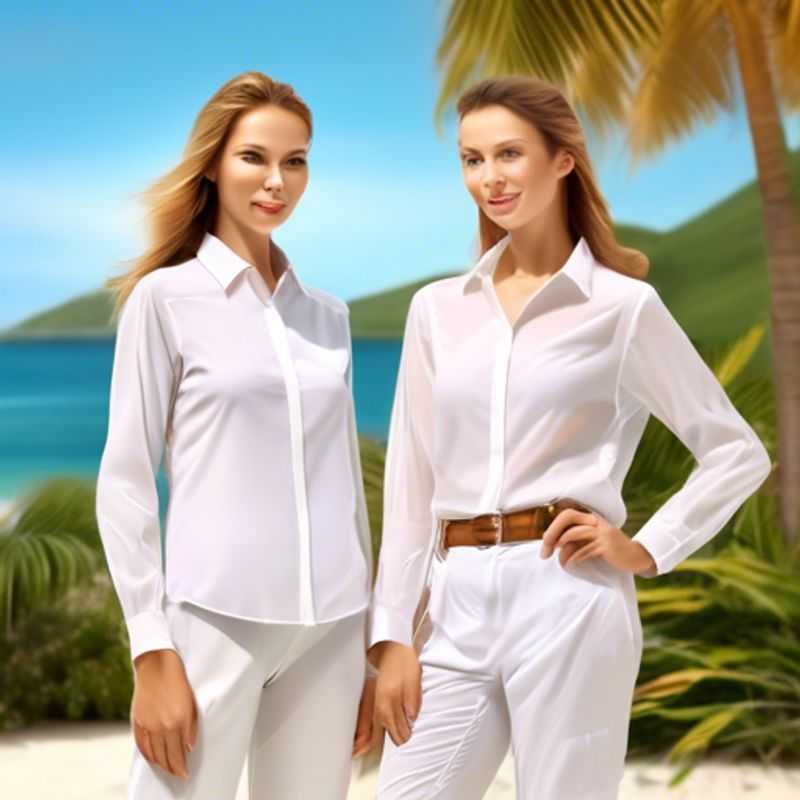
Don't Be a Size Guessing Game! Customer Reviews Reveal the Real Fit
Reading customer reviews is a valuable tool to verify the size and fit of clothes before making a purchase. Many reviews include specific information about how a garment fits, often mentioning whether it runs true to size, is slightly larger or smaller, or requires sizing up or down. It's a great way to avoid ordering something that might be too small or too big.
Pay attention to reviews that mention fit, especially those that focus on specific areas like the shoulders, bust, waist, or length. It's helpful to compare the reviewer's body type and measurements with your own. Also, take note of any mentions of the fabric's stretchiness, as this can affect fit.
Remember that individual experiences can vary, so don't solely rely on one or two reviews. Look for a pattern in the comments about fit. If multiple reviews mention that a garment runs small, it's likely that you should size up. Conversely, if most reviews say the garment fits true to size, you can likely order your usual size.
While reading reviews, it's wise to remember that customer preferences and body types can differ. A review mentioning a garment being "too tight" might be subjective based on the reviewer's personal preference. Be sure to consider your own body type and expectations when interpreting reviews.

Price Comparison: Finding the Best Deals Across Multiple Retailers
In today's digital age, comparing prices across multiple retailers is easier than ever, saving you money and ensuring you get the best deal. Here's how to do it effectively:
Start with a Shopping List: Before you begin your price comparison journey, list the items you want to buy. This will help you stay focused and avoid impulse purchases.
Utilize Price Comparison Websites: Websites like Google Shopping, PriceRunner, and PriceSpy aggregate product prices from various retailers, allowing you to quickly compare. These platforms often include additional features like reviews, shipping costs, and product specifications.
Check Retailer Websites: Directly visiting retailer websites can reveal exclusive deals, promotions, and loyalty program discounts not always reflected on comparison sites. Remember to factor in shipping costs and potential delivery times.
Consider Additional Costs: Don't forget about potential hidden costs like shipping fees, sales tax, and return policies. Factor these into your total cost when comparing prices.
Shop During Sales and Holidays: Retailers often offer significant price reductions during seasonal sales periods like Black Friday, Cyber Monday, and holiday weekends. Be aware that some retailers may use misleading tactics like "fake sales" or "price gouging" during these periods.
Utilize Apps: Mobile apps like Honey and Rakuten can automatically search for coupons and cashback offers, potentially saving you more money. Remember to check the terms and conditions of these apps to understand potential limitations or fees.
Be Aware of Scams: Be cautious of suspiciously low prices or deals that seem too good to be true. Fake online stores and phishing websites are common, so always verify the legitimacy of a retailer before making a purchase.
By following these steps, you can become a savvy shopper, ensuring you find the best deals while making informed and responsible purchasing decisions.
